Stuart Jeanne Bramhall's Blog: The Most Revolutionary Act , page 476
January 1, 2023
Venezuela votes out US-backed opposition leader
 FILE PHOTO: Venezuelan opposition figure Juan Guaido speaks during an event in Caracas, Venezuela, September 16, 2022. © AP / Ariana CubillosRTJuan Guaido led at least one failed attempt to overthrow President Nicolas Maduro and received vocal support from Washington
FILE PHOTO: Venezuelan opposition figure Juan Guaido speaks during an event in Caracas, Venezuela, September 16, 2022. © AP / Ariana CubillosRTJuan Guaido led at least one failed attempt to overthrow President Nicolas Maduro and received vocal support from WashingtonOpposition lawmakers in Venezuela have voted to dissolve the ‘interim government’ formed under their one-time leader, Juan Guaido, a main rival to the country’s ruling socialist party and once a darling of the US foreign policy establishment.
Holding their vote over a Zoom call, the opposition-controlled National Assembly moved to reorganize their movement on Friday, with 72 lawmakers voting in favor of disbanding the legislature compared to just 29 opposed. Guaido’s term at the head of the assembly, as well as his ‘interim presidency’ declared in 2019 with the blessing of the US, are now set to end on January 5.
“Venezuela needs new machinery in this struggle,” lawmaker Juan Miguel Matheus of the opposition Justice First party said after the vote, adding that Guaido’s tenure as interim leader “was something that was supposed to be temporary, but it became something perpetual.”
Guaido and his supporters, meanwhile, have argued that dissolving the interim government could spell the demise of any unified opposition movement, insisting it will only bolster the power and influence of Maduro, who has been deemed an illegitimate leader by Washington and a long list of allies.
“This is not about defending Guaido. This is about not losing the important tools that we have in this struggle,” Guaido said.
The shake-up in the opposition leadership follows several years of failed efforts to oust Maduro from power, including a series of heated street protests and an outright coup attempt in 2019. While Guaido and fellow opposition leaders failed to inspire mass defections among the security forces as hoped, the ill-fated putsch enjoyed open support from US officials.
In addition to eliminating the temporary government, the assembly said it would establish a new committee to monitor the state assets it still controls, which includes a quantity of gold bullion stored at the Bank of England, as well as the American oil firm Citgo – even as it continues to be majority-owned by PDVSA, a state-controlled energy giant operated by President Maduro’s government in Caracas.
The National Assembly will also create a special panel to negotiate with Maduro, aiming to take part in another round of elections slated for 2024.While opposition candidates were set to gain control over the legislature following elections in 2015, the results were later invalidated in the courts and the government opted to launch an entirely new body known as the National Constituent Assembly. Since then, Maduro’s opponents have effectively led a government-in-exile, with many lawmakers conducting official business from foreign countries.
[…]
Via https://www.swentr.site/news/569220-venezuela-vote-juan-guaido/
Cleveland Clinic Study: mRNA jabs INCREASE covid risk with each subsequent “boost”

Dr Eddy Betterman
Every time a person gets injected with a covid “vaccine” or “booster,” his or her risk of testing “positive” for covid and later getting sick or dying increases substantially, according to a new study from the Cleveland Clinic.
The paper appeared on the pre-print server medRxiv, showing that getting “vaccinated” and “boosted” for covid with mRNA (messenger RNA) chemicals makes a person more – not less – prone to succumbing to injury or death.
The highest risk, unsurprisingly, exists in those who get three or more injections as opposed to just the first two or three.
“The association of increased risk of COVID-19 with higher numbers of prior vaccine doses in our study, was unexpected,” wrote the study’s authors, who include Nabin K. Shrestha, Patrick C. Burke, Amy S. Nowacki, James F. Simon, Amanda Hagen, and Steven M. Gordon.
For their research, the aforementioned looked at 51,011 Cleveland Clinic workers – the institution is massive – to see how well the new so-called “bivalent” mRNA injection is performing.
We are told that only 21 percent of the group’s 51,011 employee base took the bivalent shot, which was deemed to have an effectiveness rate of just 30 percent. Overall, five percent of all workers in the study contracted covid during the 13-week analysis period.
“Protection provided by vaccination (analyzed as a time-dependent covariate) was evaluated using Cox proportional hazards regression,” the study’s abstract explains. “The analysis was adjusted for the pandemic phase when the last prior COVID-19 episode occurred, and the number of prior vaccine doses received.”
Among the 51,011 employees evaluated, 41 percent had at least one previously documented case of covid while 83 percent had received at least two doses of a covid injection.
“In multivariable analysis, the bivalent vaccinated state was independently associated with lower risk of COVID-19 (HR, .70; 95% C.I., .61-.80), leading to an estimated vaccine effectiveness (VE) of 30% (95% CI, 20-39%),” the study further explains.
“Compared to last exposure to SARS-CoV-2 within 90 days, last exposure 6-9 months previously was associated with twice the risk of COVID-19, and last exposure 9-12 months previously with 3.5 times the risk.”
[…]
December 31, 2022
The First Roads in the Ancient World
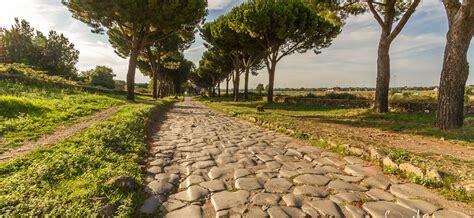
Via Appia
Lecture 11: Connecting the Empire – Roads and Bridges
Understanding Greek and Roman Technology: From the Catapult to the Pantheon
Dr Stephen Ressler (2013)
Film Review
After Mesopotamia developed the first wheeled vehicles during the 4th millenium BC, the Babylonian king created the first city roads to use for royal processions.
The Assyrians (21st to 14th century BC) built the first long distance (inter city) roads to facilitate military operations.
The Mycenaeans (1750 – 1050 BC) had military highways connecting their citadels, but these fell into disrepair when the Bronze civilization collapsed.
The Greek poleis or city-states (800-480 BC) achieved political prominence via naval conquest, and because they were constantly at war, there was no incentive to build intercity roads. The only exceptions were sacred roads that connected sanctuaries with host cities.
In 500 BC, the Persian king Darius built the 1600 mile long Royal Road to consolidate political power. Although it was unpaved and users relied on fords or ferries to cross rivers, the Royal Road supported a sophisticated courier system with way stations every fifteen miles. The average courier required nine days to traverse the entire road.
Via Apia, the first Roman road, was built in 312 BC. It was mainly used for moving infantry (it had too many hills to accommodate horses or vehicles). Most Roman roads were built using earth, a layer of rough gravel and crushed bricks, and a top layer of finer gravel. The most prestigious roads had a top surface of dressed stone blocks, cobbles or slabs of volcanic tuff, limestone, or basalt.
Roman bridges were built of of cut stone and opus testaceum (concrete faced with brick or tile). The Romans were the first to use underwater bridge piers (built of cut stone filled with concrete) to support longer bridges. The piers were constructed by using a coffer dam to access and excavate the river bed.*
*After constructing coffer dams from wooden timbers and packed clay, engineers pumped out all the water inside the coffer dam and filled the interior with cut stone and concrete.
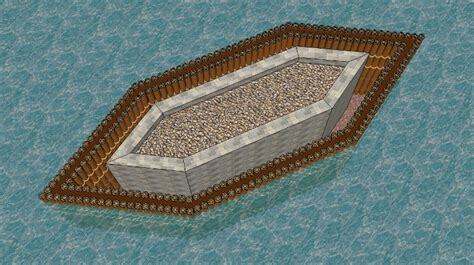
Film available free from Kanopy with a library card.
https://www.kanopy.com/en/pukeariki/watch/video/146678/146700
December 29, 2022
The Rise of Urban Planning in the Ancient World

Hippodamus of Miletus, father of urban planning
Lecture 10: Cities By Design – The Rise of Urban Planning
Understanding Greek and Roman Technology: From the Catapult to the Pantheon
Dr Stephen Ressler (2013)
Film Review
In the Bronze Age Mycenaean civilization, cities sprang up organically around the king’s palace. The only “city planning” that occurred related to defense, usually a city wall following the boundary. Unplanned dirt streets were narrow and winding.
In the Greek poleis (city-states) of the 7th century BC, markets and public buildings replaced the king’s palace on the acropolis (hilltop). Residences sprang up haphazardly around the acropolis, and narrow, winding streets connected them. Here the only planning related to the distinctive architectural style reserved for public buildings.
In the golden age of Athens, following their victory over Persia (490 BC), city planning took a monumental leap forward. Considered the father of city planning, utopia philosopher Hippodamus of Miletus redesigned Miletus after the Persians sacked it. He based the new city on a gridiron pattern of rectangular city blocks divided into public, private and sacred zones.

As Athens became a major naval power in 465 BC, the Athenian assembly hired Hippodamus to design a port for them in nearby Pareus. He employed the same gridiron pattern he used in Miletus, ensuring all streets were straight and of uniform widths (main boulevards were 45 feet wide, side streets 25 feet, and alleys 15 feet). Each private residential block was divided into 8 x 70 foot building lots for two-story dwellings with an interior courtyard.
New cities across the Mediterranean followed this design, especially during the 4th century BC as formerly independent city states became part of the Hellenistic Empire.
The Romans first learned about city planning from the Etruscans (due to strong Greek influence over many Etruscan cities), and adopted the same approach to city design as they conquered new colonies. When the Western Roman Empire collapsed, this systematic approach to urban development would disappear until the Middle Ages.
Instead of centering their cities around hills (which were easier to defend), the Romans built them around existing rivers or roads and relied on stronger boundary walls for defense. They liked to divide cities into four main zones, which they subdivided into blocks, which they subdivided into 200 x 300 foot residential plots. One city zone would be devoted to baths, amphitheaters and other pubic facilities and one zone to the forum.
The Romans also developed land surveying technology to establish an accurate city grid. They used the rising sun and an instrument called a groma and a decampeda to measure distance. It was the role of army engineers to subdivide conquered land, employing a system still used in many regions of modern Italy.
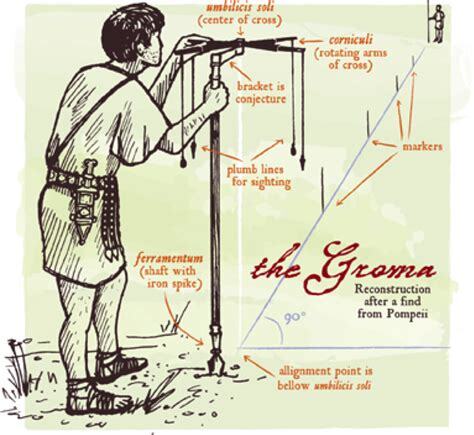

Decampeda
Roman military camps were even more highly planned than towns and cities and featured hospitals, granaries and bathhouses. As camps became permanent, tents were replaced with buildings.
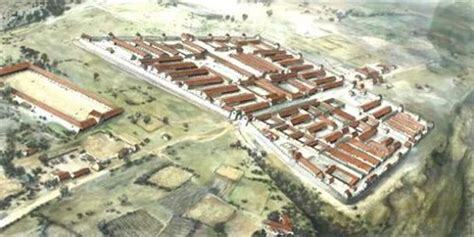
Massive Roman military camp unearthed in Germany
Film can be viewed free with a library card on Kanopy.
December 27, 2022
Roman Architecture: The Brilliance of the Pantheon

Lecture 9: The Most Celebrated Edifice – the Pantheon
Understanding Greek and Roman Technology: From the Catapult to the Pantheon
Dr Stephen Ressler (2013)
Film Review
Built in 126 AD under the emperor Hadrian, the Pantheon is the best preserved of all Roman buildings. The portico, which mimics Greek temples, has 40 foot high Corinthian-style columns. Each is built from a single piece of granite imported from Egypt. The columns were shaped on a huge lathe.*
Based on precise geometric calculations, the dome is a hemisphere from a a full sphere that would fit exactly into the inner sanctuary below. Made of poured concrete, its weight (5,000 tons) has been reduced by an inner layer of lattice work.
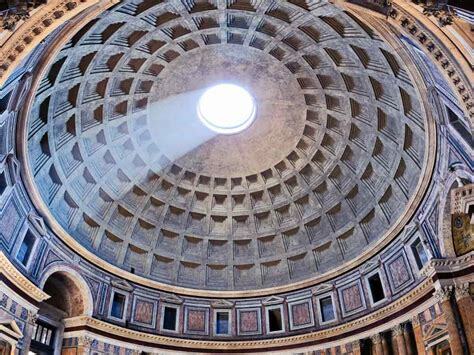
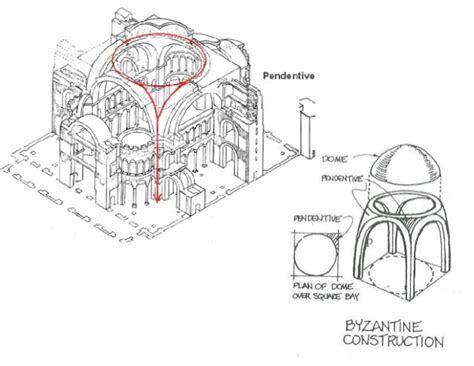
The dome supported by the twenty foot wall of the cylindrical drum housing the sanctuary, as well as interior arches and vaults dedicated to specific gods. The wall is made of opus testaceum (brick and tile-faced concrete).
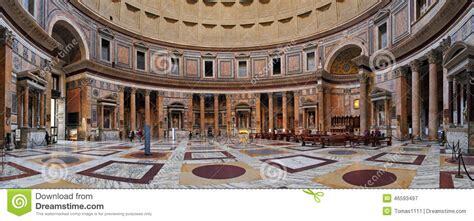
Much of the interior is faced with marble, made possible by the invention of an iron saw that could cut marble into thin sheets.
*A lathe is a machine tool that turns a work piece on a central axis of rotation to perform various operations such as cutting, sanding, knurling and drilling. Although it dates back to 1300 BC Egypt, one large enough to sculpt granite columns was a recent Roman invention in the 2nd century AD.

Medieval lathe
Film can be viewed free with a library card on Kanopy.
https://www.kanopy.com/en/pukeariki/watch/video/146678/146696
December 25, 2022
The Roman Empire Gives Birth to a New Imperial Architecture

Apollodorus of Syria
Lecture 8: The Genesis of a New Imperial Archtecture
Understanding Greek and Roman Technology: From the Catapult to the Pantheon
Dr Stephen Ressler (2013)
Film Review
In this lecture, Ressler looks at the importance of poured concrete vaults in Roman architecture and the political upheaval that delayed their widespread use. Although the discovery of vault technologies dates back to at least 193 BC, civil works projects virtually ceased during the civil wars of the first century BC. Even after Augustus became the first emperor, his innate conservatism led him to favor traditional Republican-era architecture.
His successors (particularly Caligula and Claudius) felt much more comfortable with both autocratic rule and architectural experimentation. However full blown vaulted architecture didn’t blossom until Nero came to power in 54 AD.
Following the fire that destroyed much of Rome in 64 AD, the entire city became one giant construction site under Nero’s orders that all new buildings be fireproof and that porticos be added to all apartment buildings to provide elevated platforms for fire fighters. This, and the construction of Nero’s new palace, created massive demand for opus testaceum (brick and tile faced concrete). This period also gave rise to a new architectural feature known as the “flat arch.”
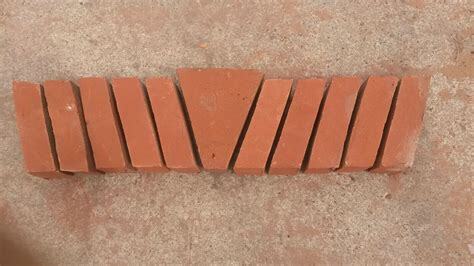
Using detailed diagrams and ingenious scale models, Ressler demonstrates how Nero’s architects solved the load bearing dilemma in the revolutionary concrete dome of Nero’s Domus Aurea. With an oculus constructed from four arches surrounding a vertical axis, the dome itself was stabilized by buttresses and buttress arches. This approach would have major influence on medieval architecture.
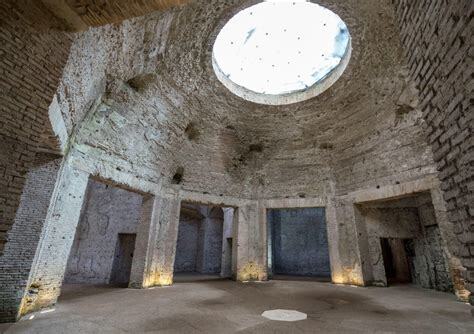
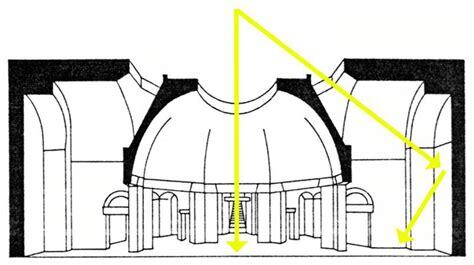
The second building this lecture examines is Trajan’s market, built between 106-116 AD. This astonishing public building (essentially the world’s first shopping mall) was six stories high and housed market stalls, two-story halls, streets, ramps, promenades, corridors and terraces. It did all this without a single load bearing column.
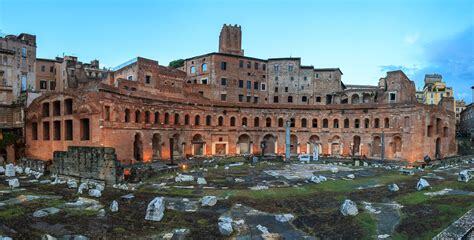
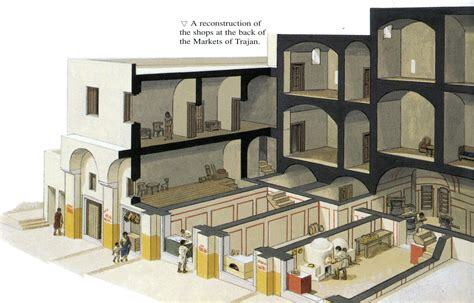
According to Ressler, the central structure relies mainly on a groin vault (two intersecting barrel vaults) for load bearing.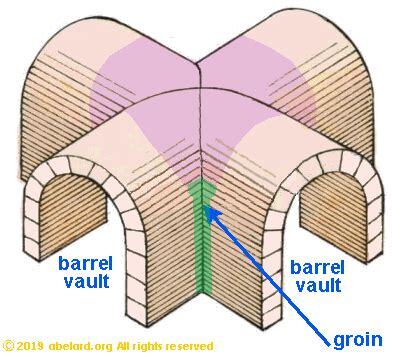
Groin vaults were used for about 200 years before the brilliant structural engineer Apollodorus of Syria used them in Trajan’s market. His innovative uses of arches to prevent lateral thrust were, in Ressler’s view, the first use of flying buttresses.
*Flying buttresses are used in architecture as external methods of support. They were built directly butting up to a structure’s walls to ease lateral force created by roofs or domes. 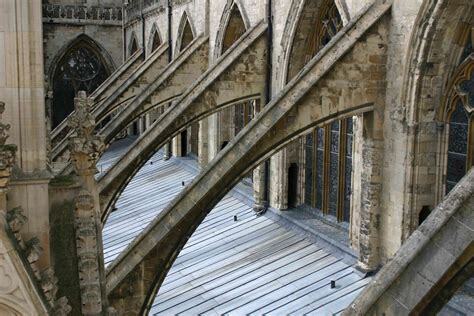
Medieval flying buttresses
Film can be viewed free with a library card on Kanopy.
https://www.kanopy.com/en/pukeariki/watch/video/146678/146694
December 23, 2022
Construction in Transition – The Coliseum
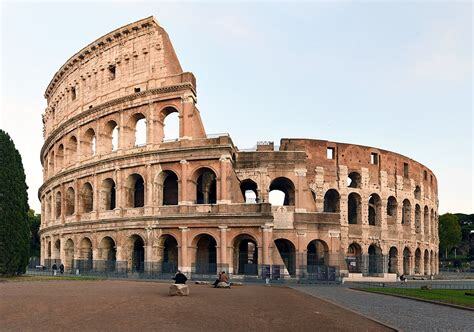
Lecture 7: Construction in Transition – the Coliseum
Understanding Greek and Roman Technology: From the Catapult to the Pantheon
Dr Stephen Ressler (2013)
Film Review
According to Ressler, the Roman building boom in the first century AD led to the most remarkable period of construction engineering in history.
Known at the time as the Flavian amphitheater, the Coliseum was built under three successive Flavian emperors starting with Vespasian in 75 AD. It was completed by his son Titus, who held the inaugural games in 80 AD. His successor Domitian (81-96 AD) added a two-story underground network of corridors, which were used as as holding area for wild animals and gladiators.
Sixteen stories high, the Coliseum was unprecedented in size. Accommodating 55,000 spectators, its floor was the size of a modern football field. Its tiered structure segregated attendees according to social class. The highest tier provided wooden bleachers for women and slaves.
The foundation, made of concrete, was 40 feet deep, with the exterior walls held together by iron clamps (300 tons of them) and supported by arches. The inner walls were concrete with brick facing. The vaults serving as entrance ways were made of poured concrete.
Geometrically, the Coliseum was an oval filled with concentrically circular interior walls. Radial corridors covered by concrete vaults connected the outer arcades to the interior hallways to facilitate crowd access.
At lower levels, the outer walls were made of alternating (imported) marble and tufa blocks lifted into place with wooden cranes. The upper stories had mainly concrete walls because they were difficult to access with cranes.
Marble seating was added to the completed structure, as was a canvas awning (valarium) that weighed 150,000 pounds and which Roman sailors deployed was deployed from wooden poles.
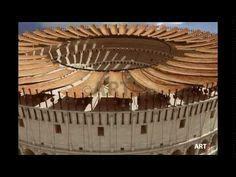
The schematic diagrams Ressler uses to highlight the stepwise fashion in which the Coliseum was constructed are superb in conveying the genius of the engineers who designed this 2,000 year old monument.
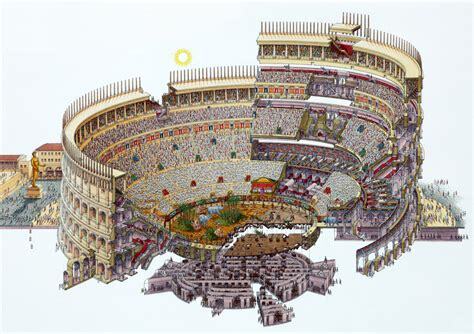
Film can be viewed free with a library card on Kanopy.
December 21, 2022
The Roman Construction Revolution – Arches and Concrete
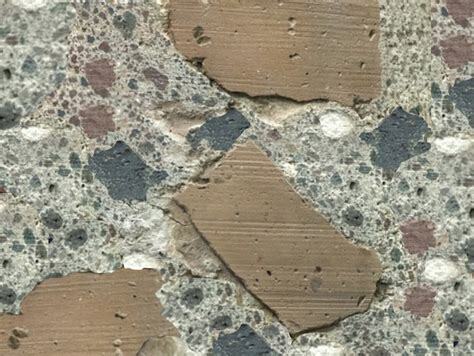
Lecture 6: Construction Revolution – Arches and Concrete
Understanding Greek and Roman Technology: From the Catapult to the Pantheon
Dr Stephen Ressler (2013)
Film Review
Although tie beam trusses (see Lecture 5) were much more efficient than prop and lintel roofs, timber, which wasn’t very durable, was the only building material suitable for trusses and it wasn’t very durable. In the 4th century BC, Roman architects discovered the usefulness of arches, which could be made of stone or brick, in load bearing.
The oldest surviving arch, an Israeli gate, dating from 1850 BC. Arches were also used in Egypt in the 6th century BC and in a Greek stadium in the fourth century BC.
As Ressler demonstrates with a scale model, an arch must be supported by a timber frame during construction, as it only becomes load bearing once it’s complete. He also shows how an arch only carries load as compression – tensile pressure makes it fall apart. Because weight bearing leads to “lateral thrust,” a completed arch needs a stationary structure on either end (either a column, wall or soil).
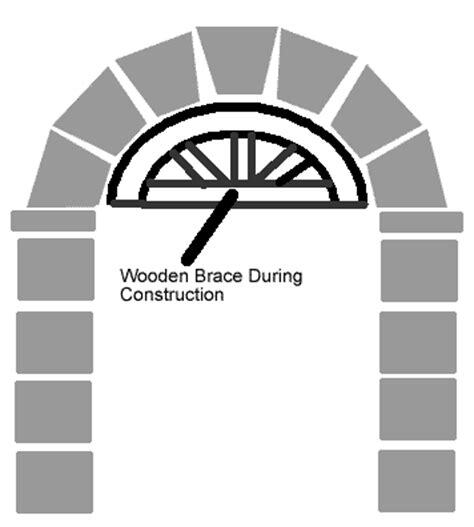
Multiple adjacent arches are known as an arcade. Lateral thrust from two adjacent arches enables them to support each other.
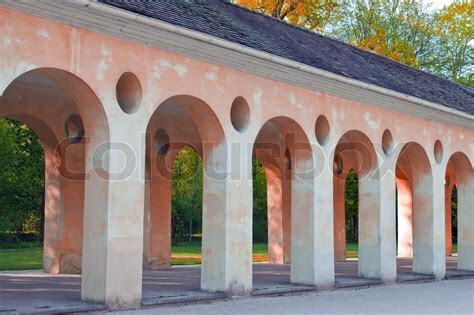
A vault is an arch lengthened into three dimensions.

The Romans learned construction engineeering from the Etruscans, who were strongly influenced by the Greeks. Under the Republic, Rome mainly used basic ashlar construction (ie identically shaped blocks held together by iron fasteners). As marble was scarce, they used Tufa (soft limestone) faced with a layer of stucco to make it look more attractive. The use of stucco eventually led to the use of lime-based mortar between stones to seal joints and create a uniform bedding surface. This allowed the use of more imperfect stone blocks, increasing speed of construction and reducing costs.
This, in turn, would lead to the use of concrete (quick lime mixed with “aggregate”) to increase strength. Aggregate could be sand, gravel or construction rubble.
Kiln baking limestone (calcium carbonate or CaCO3) drives off the carbon dioxide (CO2), to transform it into quick lime (calcium oxide or CO). When the calcium oxide is soaked in water for three months, it forms calcium hydroxide or Ca(OH)2. After the latter is pored into a form and exposed to air it re-hardens as CaCO3.
During the 3rd century BC, the Romans discovered a unique silica-containing volcanic ash known as pozzolana that combines with calcium carbonate to produce calcium silicon hydrates that harden without exposure to air. Roman architects found they could speed up the construction of walls (as well as increasing their compressive strength) by combining brick facings with a pored concrete interior.
Rome’s rapid territorial expansion led to a constant demand for new construction – for city walls, bridges, baths, aqueducts, basilicas, palaces and apartment complexes. Moreover Roman wars of conquest produced numerous low-skilled laborers who could be easily trained to pour concrete under the supervision of a skilled mason.
Film can be viewed free with a library card on Kanopy.
December 20, 2022
Timber Roof Systems: Ancient Greeks Invent the Truss

Episode 5: From Temple to Basilica – Timber Roof Systems
Understanding Greek and Roman Technology: From the Catapult to the Parthenon
Dr Stephen Ressler (2013)
Film Review
All Greek temples had wooden prop and lentil roof systems. Because wood decomposes quickly over time, no Greek temple roofs have survived to the present day.
As Ressler illustrates with diagrams, prop and lentil roofs consist of horizontal beams supported by interior columns and covered by rafters and battens. The battens supported interlocking terra cotta roof tiles, producing a water tight roof without nails, clamps, adhesives or sealants.
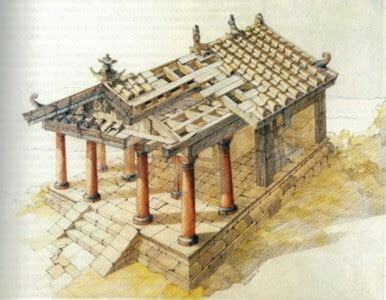
Because wooden beams longer than 30 feet sag in the middle, Greek architects used extensive interior colonnades (ie rows of columns). Not only was this an extremely expensive solution (requiring massive amounts of marble), but it severely limited usable space inside the building.
Greek architects eventually solved this dilemma by incorporating tie-beam-trusses into newer buildings. Ressler believes Sicilian Greeks learned about trusses from the Carthaginians. However it was the Romans who ultimately became masters of the truss in the second century AD. This enabled the construction of much wider buildings (known as basilicas) with much larger public meeting halls.
As Ressler exhibits with a scale model, the truss works by distributing load equally between all attached segments of the truss.

Film can be viewed free with a library card on Kanopy.
December 18, 2022
The Myth of Pandemic Preparedness

Dr Meryl Nass MD
The Entire Effort is Based on the False Assumption that Pandemic Preparedness Would Actually Work. But in fact, all it has done is create new pandemics.
1. The most recent WHO-declared Public Health Emergencies of International Concern (PHEICs) for SARS-CoV-2 and Monkeypox were both caused by lab-created viruses, based on many careful analyses of their genomes.
2. There is no evidence that pandemic preparedness ever benefited anyone but the preparedness industry, and substantial evidence that it led to the creation of the COVID pandemic.
3. The Democrat majority staff report, “Preparing for and preventing the next public health emergency.” echoes the WHO Amendments.
4. The Global Preparedness Monitoring Board has also geared up to push the identical program as the WHO: surveillance, One Health, and investment—”all topics that the GPMB has long recognised are crucial for the advancement of resilient pandemic preparedness mechanisms.”
5. The G20 nations agreed last April to a $50 Billion dollars a year price tag for gloval pandemic preparedness.
6. The Globalist agenda is out in the open for all to see.
The pandemic preparedness concept is based on fantasy; it is a dangerous money grab for a new biodefense industry. It bought:
· Many more high-containment BSL-3 and BSL-4 labs,
· 15,000 new scientists trained to research biowarfare pathogens,
· Poorly tested drugs and vaccines for which the manufacturers had no liability
· More corruption and pork for politicians to distribute.
· Nathan Wolfe’s company: biolabs in Ukraine, squire to Ghislaine Maxwell, funding by Hunter Biden’s investment group
· Peter Daszak’s ‘nonprofit’ that collected dangerous viruses from over 30 countries to bring to the US Defense Threat Reduction Agency (DOD’s DTRA) for further investigation
· Extremely dangerous anthrax, smallpox and COVID vaccines
· The COVID drug paxlovid, which led to relapses of COVID in President Biden, CDC Director Rochelle Walensky and NIAID Director and Presidential COVID adviser Anthony Fauci and millions of Americans, presumably prolonging their infectiousness and causing more cases of COVID
· Expensive new federal agencies (ASPR, BARDA in DHHS, and subagencies within DHS and within DOD) and new funding streams to the NIH
· An excuse to censor alternate medical/scientific views
[…]
Via https://merylnass.substack.com/p/the-myth-of-pandemic-preparedness-8e1
The Most Revolutionary Act
- Stuart Jeanne Bramhall's profile
- 11 followers



